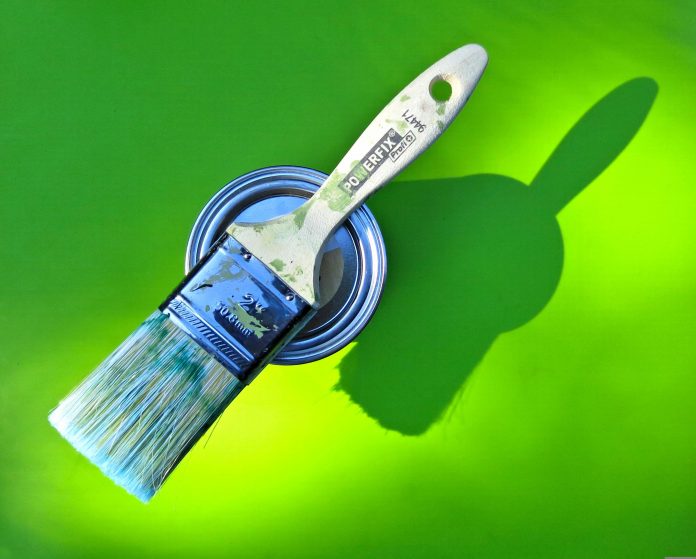We’re rethinking our home decor and the functionality of our homes. And while we’re at it, we are being more mindful to the impact of home DIY and our lifestyle on the environment.
Our increasing awareness of the environmental crisis and the effect of our careless use of resources, coupled with a focus on the functionality and aesthetics of our homes, means that we’re investing in home makeovers, but with a twist: we want beautiful spaces, but not at the expense of our Planet.
Start with sustainability
Decorating your home in a sustainable manner starts with being aware that today’s trends are tomorrow’s discards. Turnkey interior design and manufacturing company, DIYgirls and Universal Paints say it’s a good idea to focus on investment pieces: items that will look as good in five years’ time as they do today. This is important because sustainability isn’t just about how an item is produced (although the manner in which factories handle waste, effluent, and emissions are critical, too) – it also involves how long you can use it before it needs to be replaced.
To improve the longevity of your home furniture and decorative furnishings, it’s important to make informed choices: yes, you can upholster outdoor furniture with indoor fabric – but it will fade, perish and tear, and may be damaged by mildew because the materials have not been engineered to withstand the elements. In contrast, and as with paint, a fabric that is UV and mildew resistant will stay fresh, for longer.
Materials matter!
According to the International Union for Nature Conservation (IUCN), over 300 million tons of plastic are produced every year – and 14 million of them end up in our oceans, where they go on to make up 80 percent of marine debris. The bottom line? Refusing plastic can make a big difference – but so can opting for products that have been sustainably produced.
Invest in furniture that is upholstered in eco-friendly fabric. A preferred fabric choices is Eco-label made from plastic harvested from the sea. It isn’t just manufactured responsibly, but also contributes to recycling. There’s a wide range of environmentally friendly options out there, you just need to be pointed in the right direction!

Put pressure on suppliers
Nothing refreshes a home quite like a fresh coat of paint. But, while you’re considering colours and finishes, give a thought to what’s inside the paint, too. Until January last year, most of the paint available on South African shelves contained lead, despite the fact that this is known to be a cancer-causing toxin that is hazardous to the environment.
Some paint companies, like Universal Paints, have proactively removed lead from their products long before it became obligatory to do so. They also moved to lower the volume of volatile organic compounds – the bad stuff – in their water-based range. These chemicals not only cause irritation to the skin, eyes, mouth, and nervous system; they also contribute to global warming. Look out for containers, lids and packaging that are recyclable.
The power of consumer pressure can’t be underestimated! Next time you’re painting make sure you’re buying environmentally friendly products that are free from harmful chemicals and are proven to be good for people and kinder to the planet.
Start responsibly
When starting a paint job, many people give little thought to the old paint they strip off the surface of the object that’s to be given a new look. The problem is that these paint peelings are often washed into stormwater drains, where they can cause harm. Instead, collect all old paint and place it into a container, which can be returned to a paint manufacturer who will discard it responsibly. The same goes for any leftover paint remaining from a home makeover: instead of dumping it, return it to the manufacturer to be disposed of correctly.
Remember to recycle
Recycling is a cornerstone of sustainability – the more plastics and other materials we can return to the system, the less virgin plastic will be used. Look out for recyclable materials when you’ve completed your home refurbishment: the containers used for paint are a great example. If you’re not sure how to recycle them, return them to the manufacturer.
As for décor items and furniture that you’re no longer using: if you aren’t able to sell these, consider donating them to your favourite charity. This keeps them out of landfills and makes sure the circular economy keeps moving!
Unless you’re an industry expert, it’s difficult to keep up with new developments that will help you create your dream home while still being eco-conscious. If in doubt, ask your interior designer and your suppliers for help. You may well be surprised at the wide range of options available.






